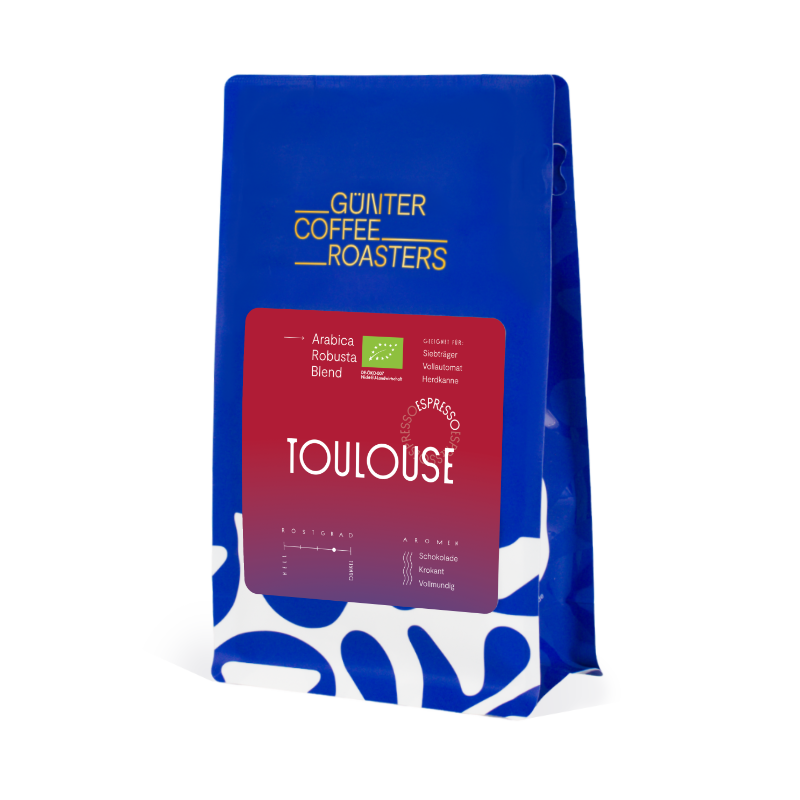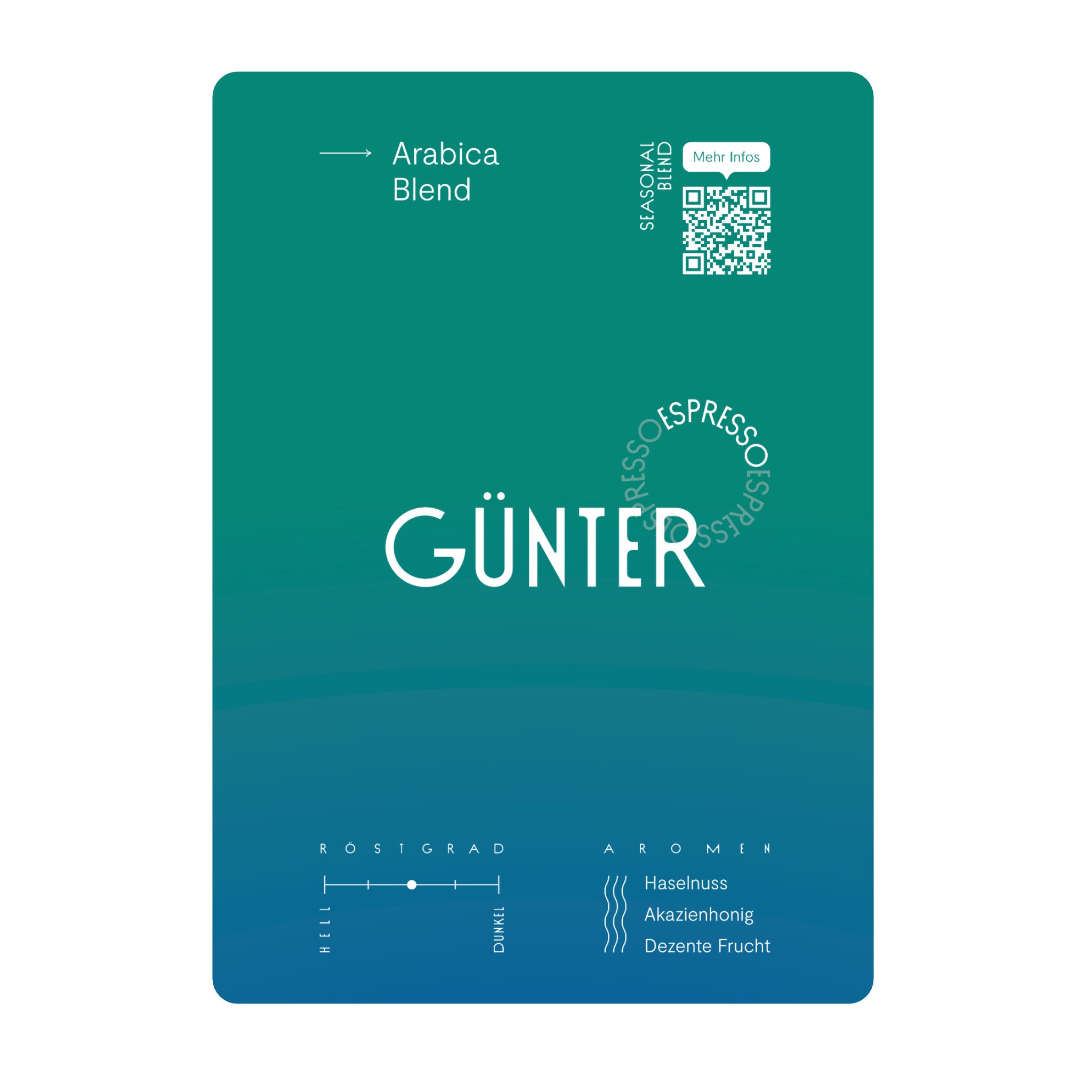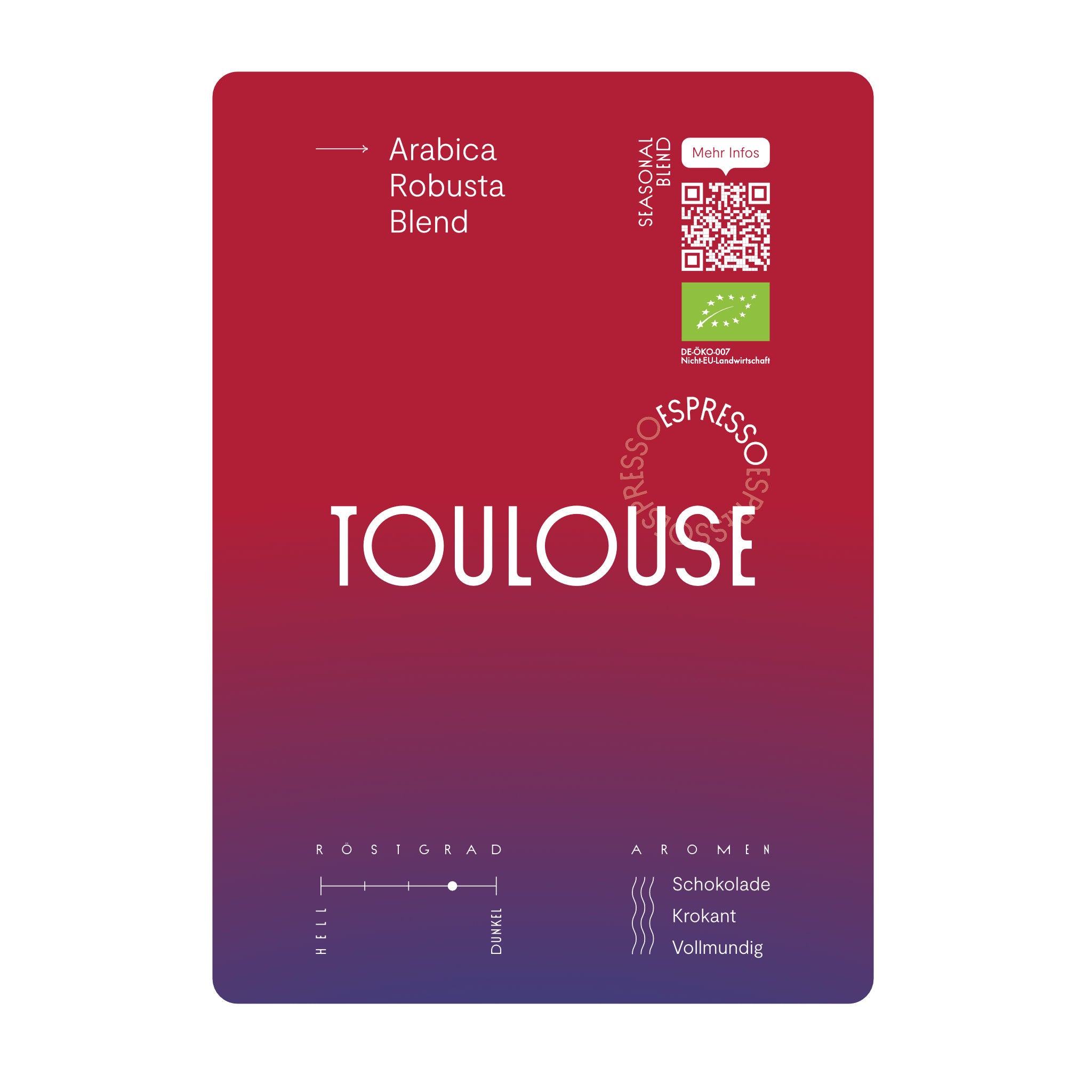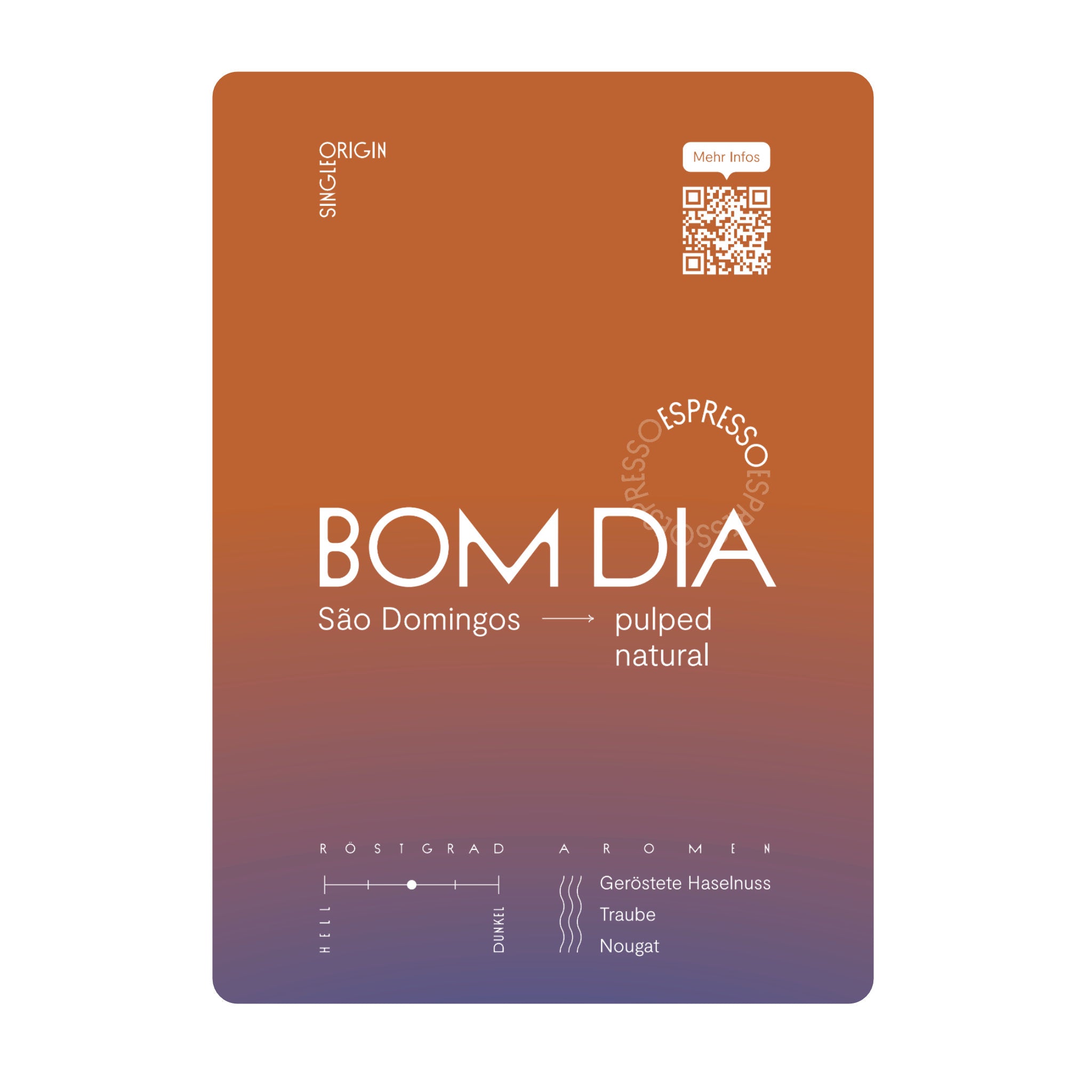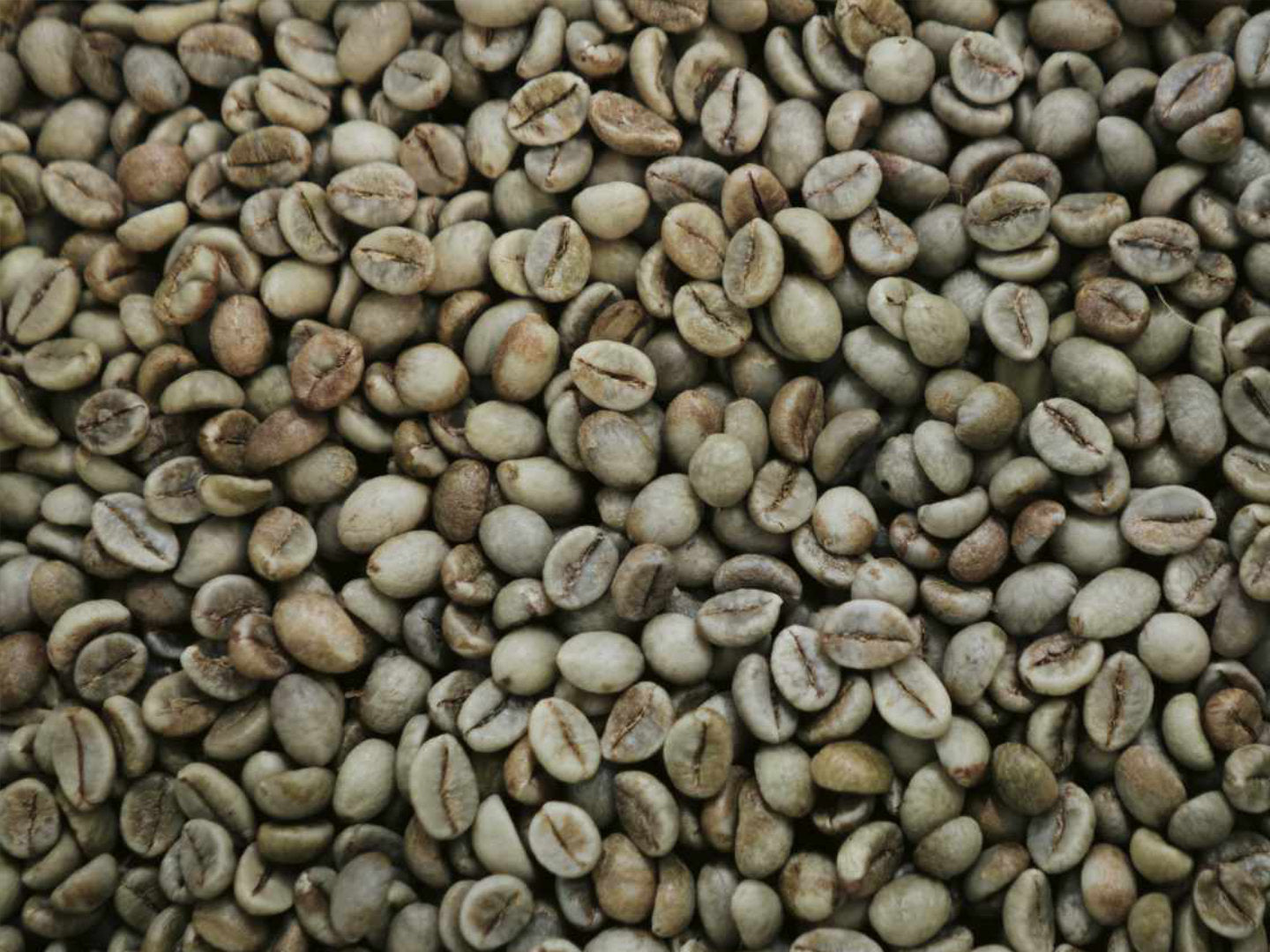Excursus: coffee grinder dead space
The dead space (or retention) of a coffee grinder refers to places where coffee grounds are accumulated when we use the grinder. This usually happens in the area of the burrs, for example where there are recesses for screws, or in the area where the ground coffee slides further down from the grinding mechanics. Some speak of active or passive dead space, others of temporary and permanent dead space.
On the one hand, this refers to the areas in which ground coffee gets stuck between the individual grinding processes, i.e. continues to be actively exchanged and therefore only remains temporarily in the corresponding places. On the other hand, this means areas in which coffee grounds remain permanently, or until we clean the coffee grinder. Only with grinders that can be dismantled can we ensure that the passive or permanent dead space is cleaned again.
What is a Blow Hopper/Bellow?
A blow hopper is basically a small manual bellow that we can attach to the bean inlet of our coffee grinder. Some models can also be mounted directly on the bean container, so there is no need to change. The small attachment is designed similar to bellows and allows us to blow air through the grinder. This means we blow out almost all of the ground coffee residue. This has several advantages:
- We prevent old coffee residues from becoming rancid in the grinder and affecting the taste of our fresh coffee when we use them again after a long time.
- We can grind different types of coffee without having to clean the grinder every time or wasting a lot of beans between grinding.
- We can grind the exact amount of coffee we need. This way we will later have the bean weight in ground form, without excess or deficiency.
Who is a Blow Hopper suitable for?
A blow hopper is particularly suitable for so-called single-dosing coffee grinders. The goal is to blow out the coffee residue after each grinding process. If there are beans for several coffees in the grinder, we would first have to remove the bean container, put our blow hopper on, blow and then put the bean container back on. Otherwise the beans would block the path of the compressed air and the blow hopper would therefore be useless.
Multidosing grinders are primarily used where a lot of coffee is consumed, i.e. in cafes, restaurants and so on. One type of bean is then ground per mill and the mills are cleaned at the end of the day. Coffee residues in the dead space that could go rancid are practically non-existent. Consequently, a blow hopper would also be out of place.
When we use a single dose grinder, we only weigh and grind as much coffee as we need for one serving. So after the grinding process there are no more beans in the container and we can use our manual blow hopper to blow air through the grinder to push most of the remaining coffee grounds towards the outlet.
Does a blow hopper replace cleaning the coffee grinder?
No, a blow hopper does not replace regular coffee grinder cleaning. It does allow us to blow leftover coffee grounds out of the grinder, but not completely. So a little bit of ground coffee always remains. We also cannot remove deposits such as oil and grease with the blow hopper. So we can't avoid cleaning our coffee grinder regularly.
Where do I get a Blow Hopper?
There are different ways we can get a blow hopper. The easiest, of course, is to buy a ready-made one. There are some coffee grinder manufacturers that offer blow hoppers specifically for their machines. There are also a lot of third-party providers who offer corresponding parts for various mills on Ebay, Amazon and Co. starting at around €20.
Another option is to build a blow hopper yourself, provided you like tinkering and have some mechanical skills. The principle of a bellows is actually quite simple. We can also get a blower and build an adapter between the bean inlet of our grinder and the blower. The most stress-free way to make your own blow hopper is with a 3D printer. We have already found patterns for one or two coffee grinders on the relevant pages for print files. Either for the blowers themselves or at least for adapters that come between the blower and the bean inlet.
3D models for blow hoppers and adapters to print yourself
The 3D printing community is still relatively small, but very active. There are also some coffee nerds who add creative prints to their machines or print accessories that they would otherwise have to buy at a high price. There are some sites that offer 3D models for free and for a fee, often under the free Creative Commons license. So if you own a 3D printer, you can find some useful STL files on Cults, Thingiverse and Co. When it comes to blow hoppers, we found some free designs that can be easily adapted to other mills with a little experience:
- Blow Hopper for coffee grinder (STL file) (Mirror, license CC BY-NC) for Graef CM70 and CM80 from Schlagrat on cults3d.com
- Blow hopper, funnel and lid (STL file) (Mirror, license CC BY) for Mazzer Super Jolly by Squidage on cults3d.com
- Blow Hopper for Eureka Mignon (STL file) (Mirror, license CC BY-NC-SA) by rmanalan on thingiverse.com
Feel free to tell us about your experiences in the comments. Please note that you should consider printing with food grade filament.


